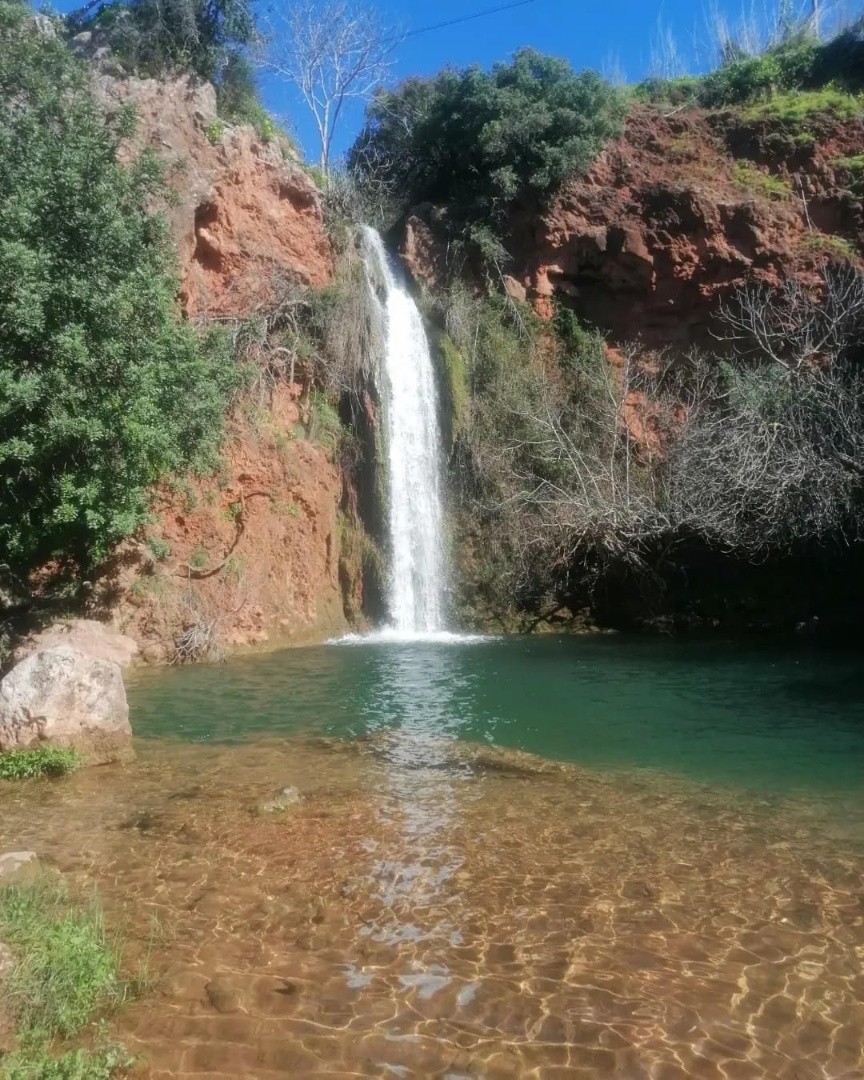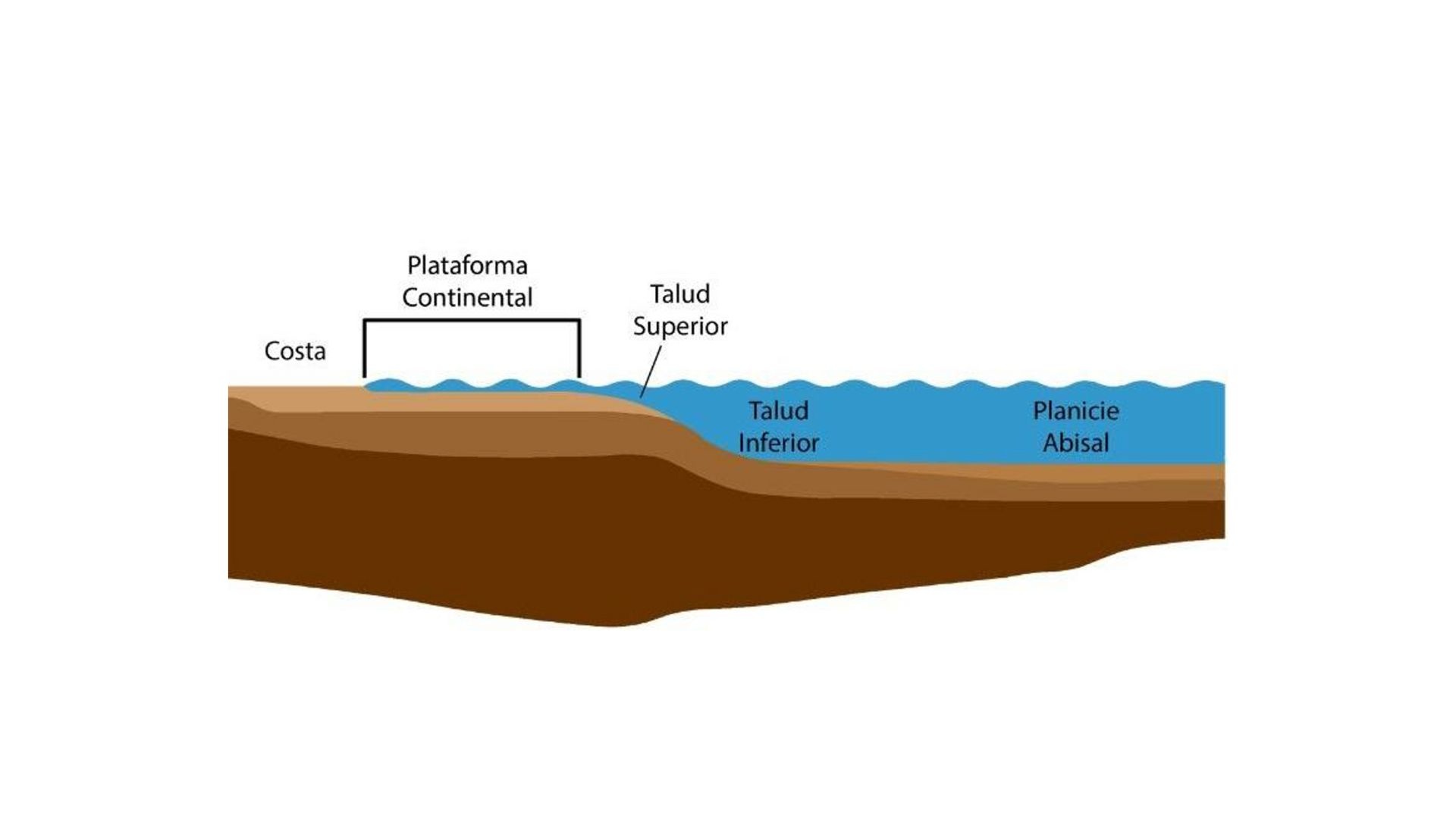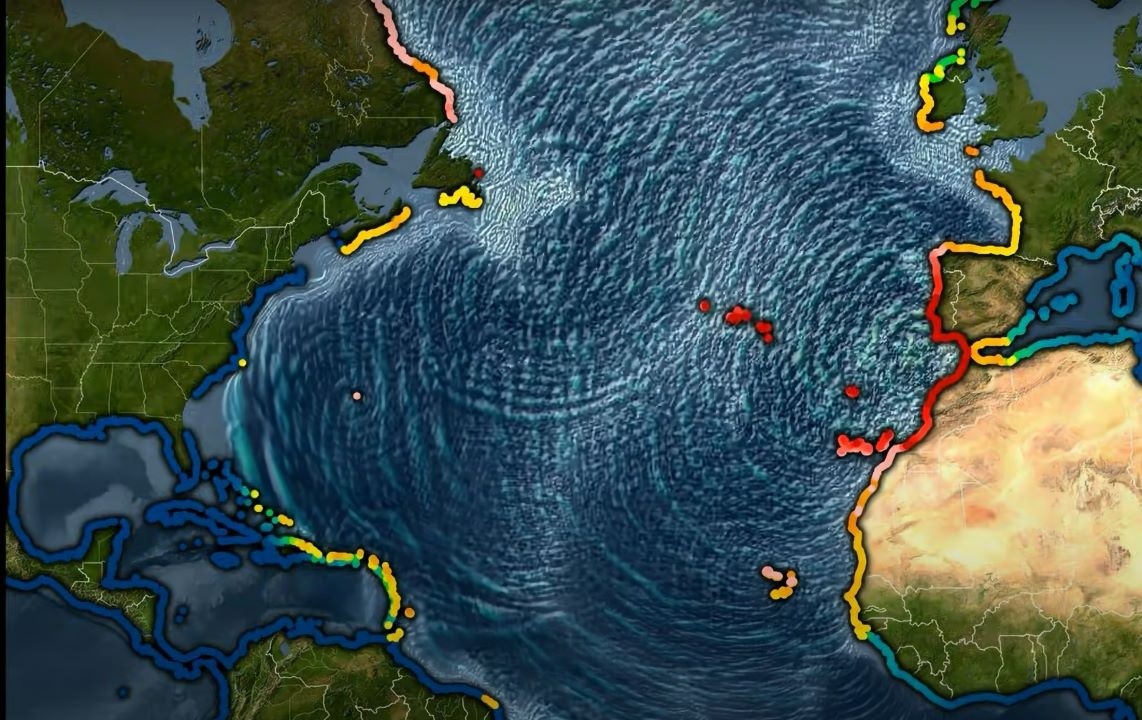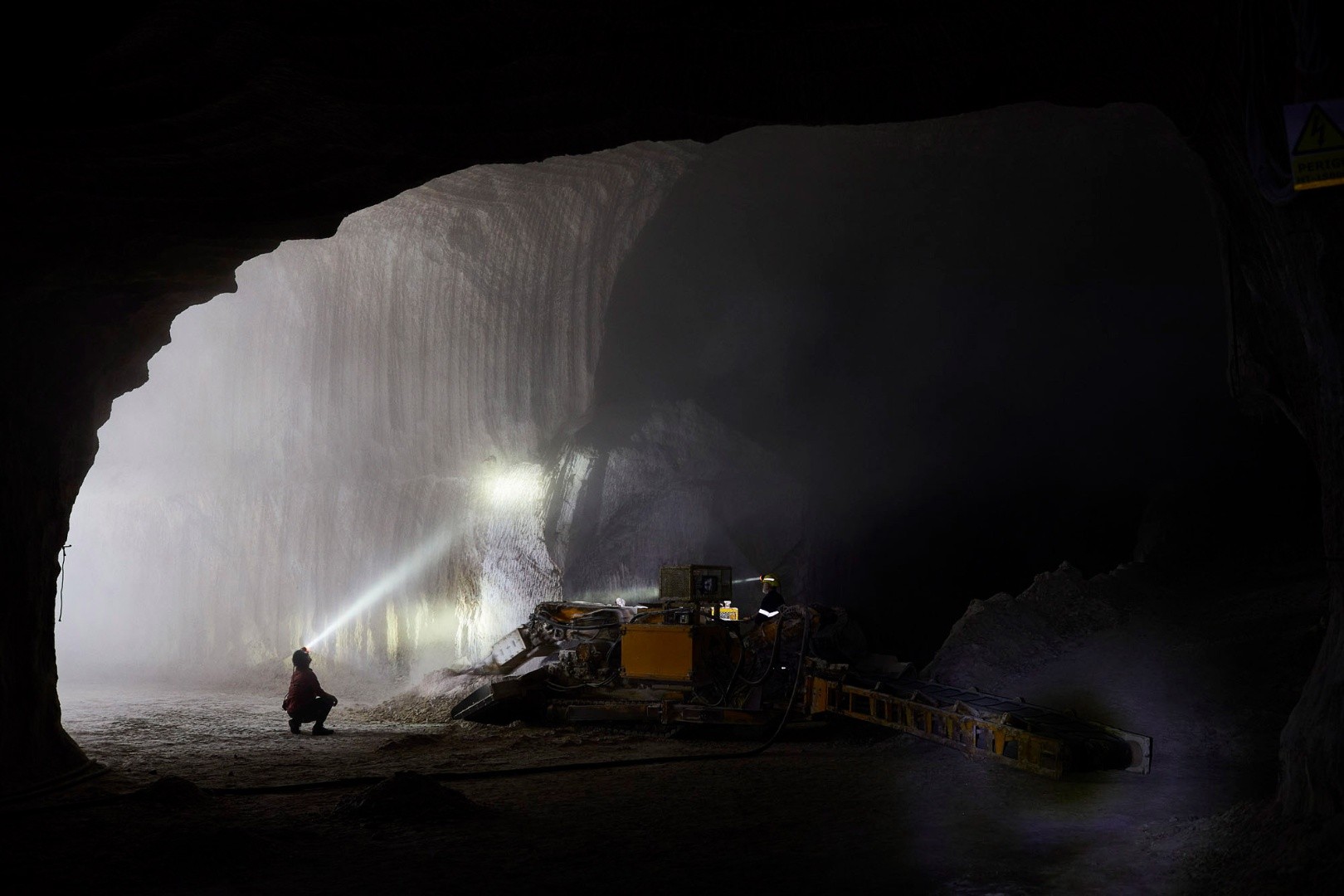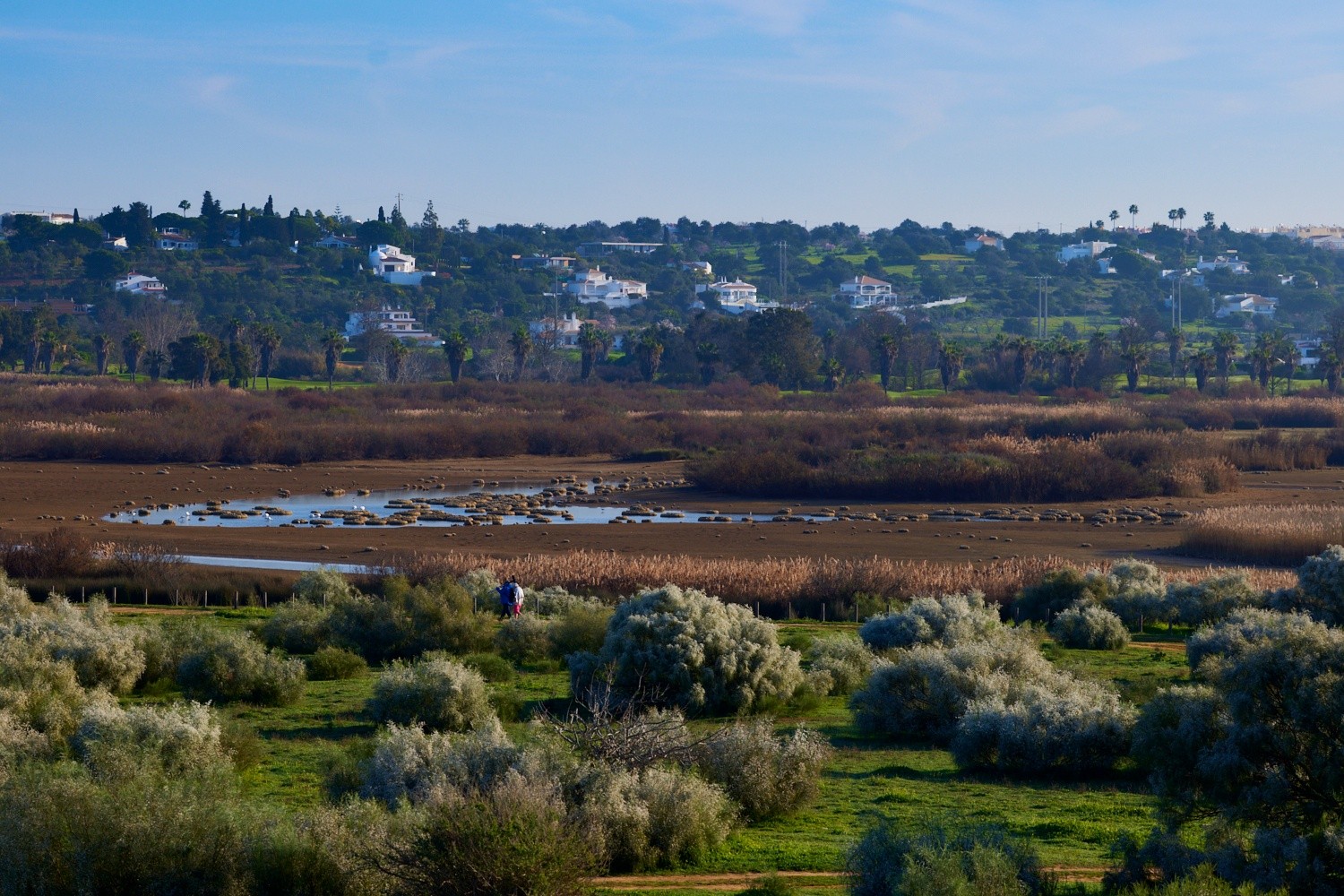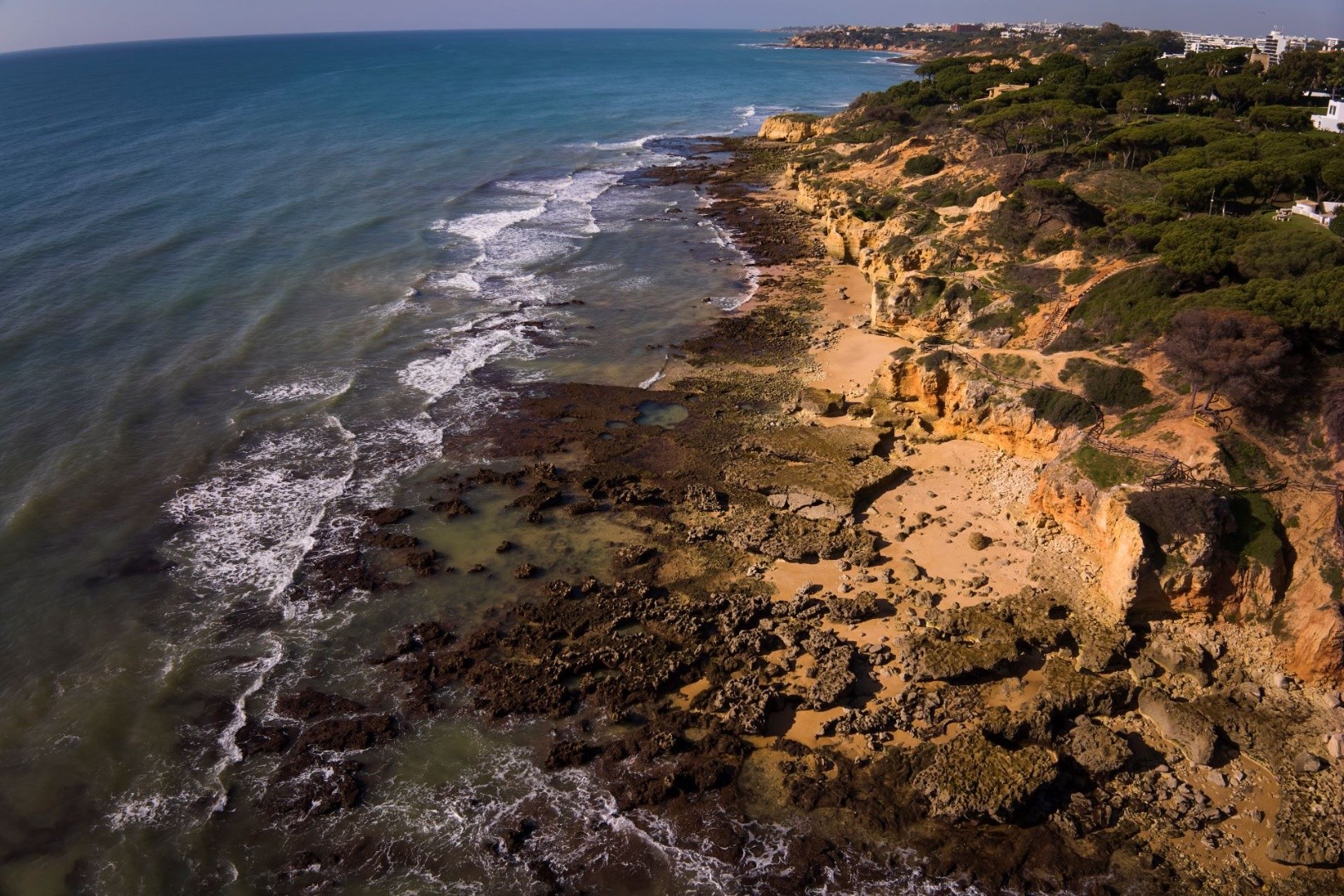Paleontology e Paleoenvironment
The Arrifes coastal cliffs are a fascinating location where visitors can observe limestone and mudstones that were deposited during the Lower Cretaceous period, approximately 145 to 101 million years ago. The cliffs, located between Arrifes Beach and Ponta da Baleeira, showcase these sedimentary rocks arranged in vertical layers, resembling books organized on shelves. This unique formation has earned the site the popular nickname Arrifes "bookstore."
These vertical layers form a succession that is approximately 194 meters thick and consists of fossil-rich limestones, marls (a mixture of limestone and clay), coloured mudstones, sandstones, and rare conglomerates. The fossils present and the sedimentary structures suggest that these sediments accumulated in a humid coastal zone, where changes in sea level affected marine platform environments as well as the formation of soils in emerged areas of the coastal plain.
The vertical arrangement of the layers in the Arrifes section was caused by the upward movement of salt and gypsum (evaporites) from the Albufeira diapir located to the north of Arrifes. This movement and the resulting verticalisation of the Arrifes layers likely took place between the Upper Cretaceous and the Upper Oligocene periods. This is evidenced by the presence of sub-horizontal layers of fossil-rich calcarenites from the Miocene, which lie at an angular unconformity above the evaporites and the vertical layers of the Arrifes section.
Above the vertical layers of the Lower Cretaceous, at an angular unconformity, are sub-horizontal layers deposited during the Miocene, which lasted from 23 to 5.3 million years ago. These Miocene layers are rich in marine invertebrate fossils, indicating deposition in carbonate platforms. Both the Lower Cretaceous and Miocene limestone layers are karstified, characterised by cavities of various sizes filled with collapse breccias or more recent sediments (sands and clays) that are likely of Pliocene-Pleistocene age.
What makes the Arrifes section particularly remarkable on an international scale is its significant paleontological value. An impressive variety of invertebrate and microvertebrate fossils have been found at this site. Notable examples of aquatic and terrestrial vertebrates include bony fish, sharks, rays, amphibians, turtles, crocodile-like creatures, dinosaurs, lizards, and pterosaurs. Among the plant fossils, impressions of plants and charred remains are common. Microfossils of foraminifera and charophytes are also abundant, with a layer dominated by thousands of small calcareous shells of the foraminifer Orbitulina (Mesorbitolina) parva. The marl and mudstone layers are rich in palynomorphs, which include spores, pollen, and dinoflagellates. Additionally, fossils of sauropod dinosaurs and the earliest Mesozoic record of termite coprolites in Portugal have been discovered here.
Locality: Praia dos Arrifes - Albufeira




